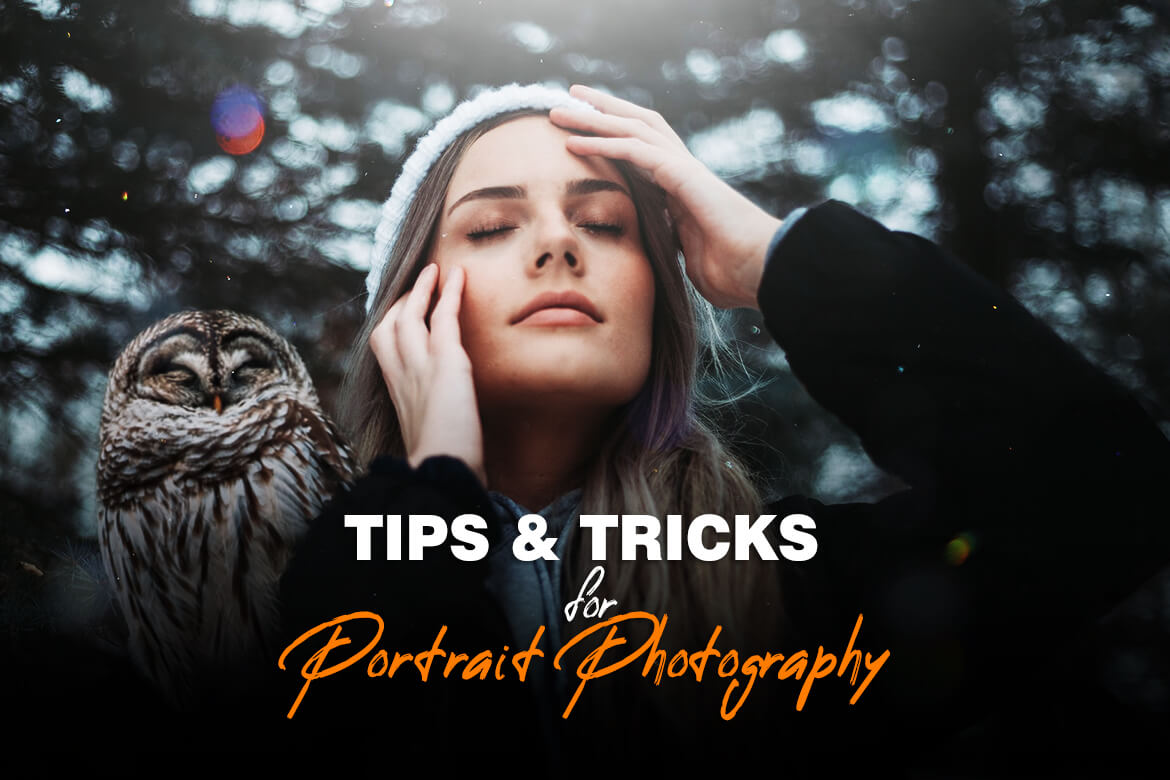Portrait photography is the skill of capturing your subject’s unique personality in a shot. While that enigmatic definition covers the essentials, portrait photography entails much more than simply taking images of people.
The appropriate technique combined with an artist’s expression results in great portrait photography.
Technique: Use the proper camera settings, compositions, angles, lighting, backdrops, and poses.
Art:It’s all about capturing a gorgeous and evocative photograph that elicits emotions in viewers and holds their attention.
Portrait paintings, which were first popularised by painters such as Pablo Picasso, have a long tradition of conveying stories. The modern version of the same technique is taking amazing portrait pictures. Capturing the feelings and gestures that make up superb portrait photography can take time to learn, even though it involves far less effort than painting.
Following the rules and restrictions is just as important as breaking the mould when it comes to portrait photography. We’ve compiled a comprehensive list of best practises and techniques for taking great photos.
The following are the best 16 portrait photography strategies to help you master the craft:
Portraits are all about Emotions and Expressions
Finding emotions and expressions in portrait photographs is the goal of artistic portrait photography. It’s easier said than done to get your subject to emote. Make sure to avoid phoney grins and blank stares.
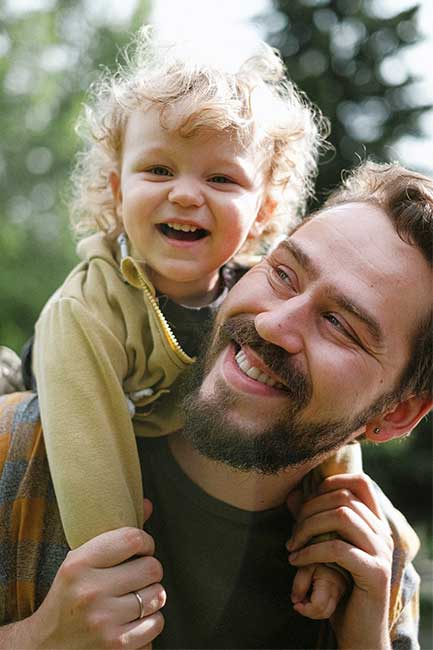
A true glint in the eye, a small smile, and a confident expression are the ingredients for stunning picture pictures. Allow time for your subject to relax and get into the zone. This process cannot be rushed or forced.
Focus on the Subject
The most crucial part of portrait photography is the subject. For a successful portrait photography session, you must make the subject feel at ease with you. Take time before the photography to interact with your customer and, if feasible, meet in person. It’s best to get to know each other and tell the subject more about your photographic style and what you’re looking for.
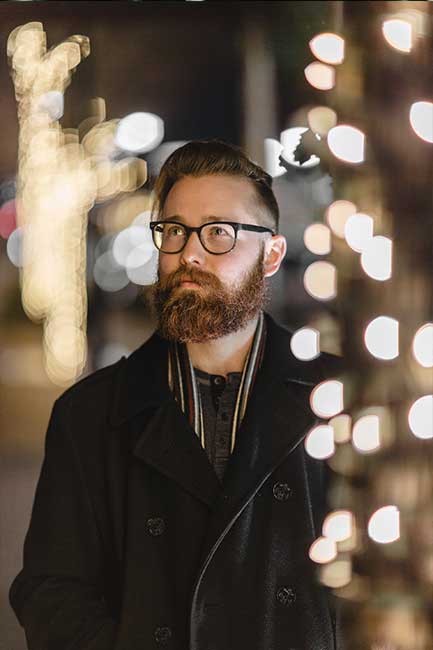
Even if you know the person being photographed, it is common for people to feel uneasy in front of the camera. Maintaining contact with the model before and throughout the session is always a smart idea.
Lighting is the key
If you’ve ever taken a physics class on light, you know that it has a directive nature. A photographer’s lighting is crucial, and the golden rule of lighting in photography. Standing in front of a light source causes the subject to become dark and barely visible due to directional lighting. Similarly, a light source to the side will illuminate up half of the subject.
It is also easier to stand facing a light source for a fully lighted picture. In outdoor portrait photography, creative use of the sun as a light source can yield amazing effects. A competent photographer should be able to take advantage of the available illumination.
You won’t constantly be shooting in the sun, though. You should be comfortable with artificial sources if you use a portrait photography studio. Consider purchasing a flashgun, to be more specific. It’s a quick and portable solution.
Many people are wary of using flash, yet it can be effective in low-light situations or to add excitement to depictions. To achieve the ideal portrait photography lighting arrangement, flash can be employed with the sun to balance out exposure and unevenness of natural lighting. Another suggestion for the optimal aperture for portraits is to use a camera with a small aperture to capture the most details in a photograph.
Reflectors are a helpful tool for lighting because they may soften harsh shadows. Reflectors are inexpensive to purchase, and if you’re a beginner on a budget, they could be a fantastic place to start.
Background is very important
The subject model is the centre of attention in portraiture, as one might anticipate. There are, however, more complexities than that. An fascinating background may sometimes add a lot of drama to an image while also helping your subject stand out.
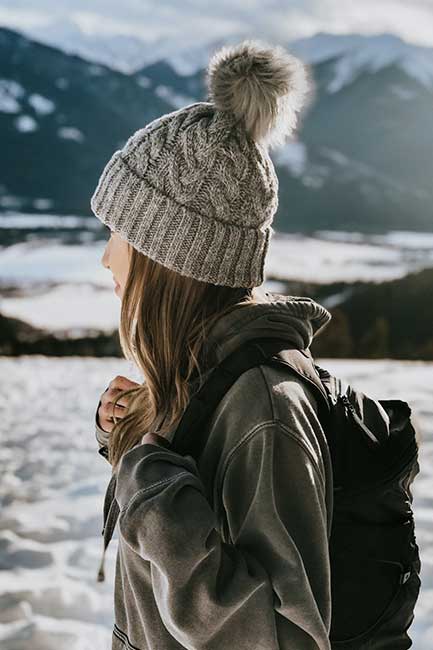
In most circumstances, though, properly blurring the picture background might help to emphasise the subject. As a result, it’s critical to check the backdrop and change the shutter speed and aperture accordingly.
Location : Plan in advance
The venue you choose for the photograph shoot will have a big impact on the final outcome. Shooting with natural light outside produces the greatest results, but it also presents a number of problems. You’d have to plan around the weather, the time of day, and changing lighting and ambient circumstances throughout the day.
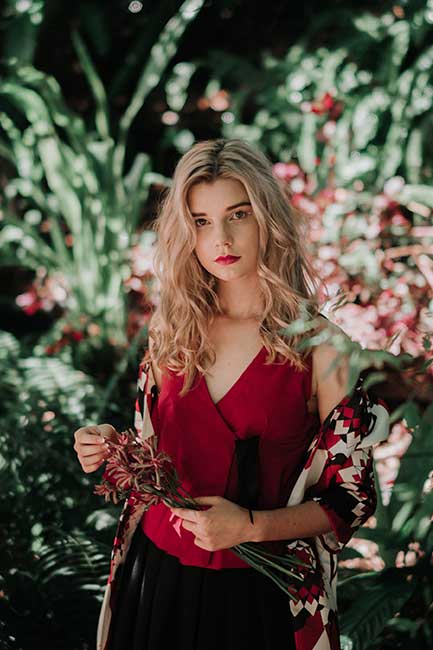
Direct sunlight causes harsh shadows and can cause your subject to squint, so avoid photographing in it. Choose mornings or late afternoons when the sunshine is diffused and the radiance is wonderful, warm, and natural.
If you’re shooting indoors, you’ll have a lot more control. You must carefully prepare your portrait lighting setup to match the tone of the session, the model’s clothing, and the backdrops.
Learn How To Use Your Camera
First and first, portraiture photography is about your aesthetic expression and technique, which takes a lot of work to master. It’s time to invest in an excellent camera and lens once you’ve grasped the complexities of portrait photography.
There is no such thing as the best camera for portraits these days, as almost all cameras can take excellent pictures. It’s only a matter of learning how to use them effectively in various lighting and environmental situations.
Purchase a competent DSLR camera that allows you to adjust portrait photography settings and produces sharp, high-resolution photographs in RAW format, which you can edit in Photoshop.
Camera Settings That Work Together
If you understand the Exposure triangle, or the interdependence of three elements – shutter speed, aperture, and ISO – no shot will be beyond your grasp. Understanding these concepts will expand your photographic possibilities and enable you to capture portraits that were previously unattainable.
You must also understand how aperture is calculated in f-stops, as well as the key notion of Stops of Light. For greater control of an image’s exposure value, stops are sometimes divided into half or even thirds. While the figures in the examples above are fairly industry standardised, manufacturers frequently round fractions of stops up or down.
Pose : Getting it Right
It’s always a new adventure to figure out the best portrait photography poses for your subject that flatter them the most.
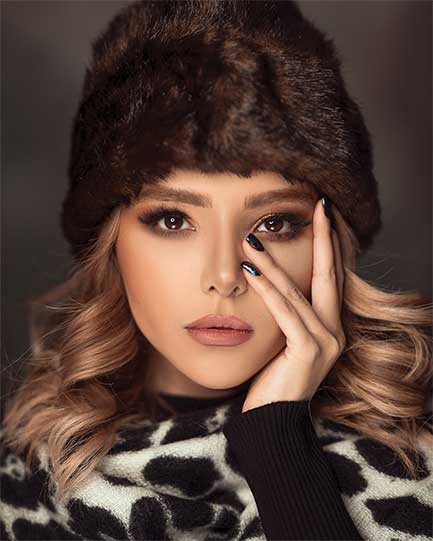
It’s always a challenge to get your subject to position in a way that flatters them while keeping in mind the lighting, camera position, and background. To identify the finest possibilities for your shot, experiment with different combinations of stances and angles.
You can always make subtle once you’ve discovered the correct stance for your subject.
Candid Shots
Posing subjects can sometimes yield less-than-ideal results. Some folks are simply uneasy with the idea of posing. This unease is especially noticeable in kid portrait photography, when posed portraiture can appear forced and unnatural.
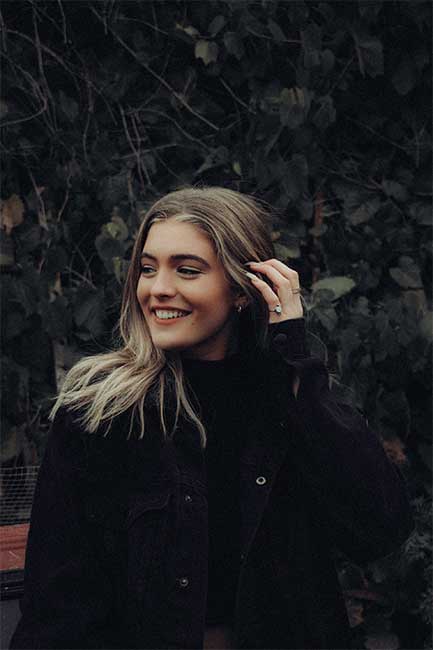
Getting your subjects comfortable and photographing them while they are doing their normal, everyday activities can result in beautiful portraits.
Experiment with Different Angles
The majority of portrait shots are taken with the camera at the subject’s eye level. Shooting at eye level results in great portraits, with the subject’s eyes being the focal point of the image. Choosing an unusual angle, on the other hand, might make your portraits stand out.
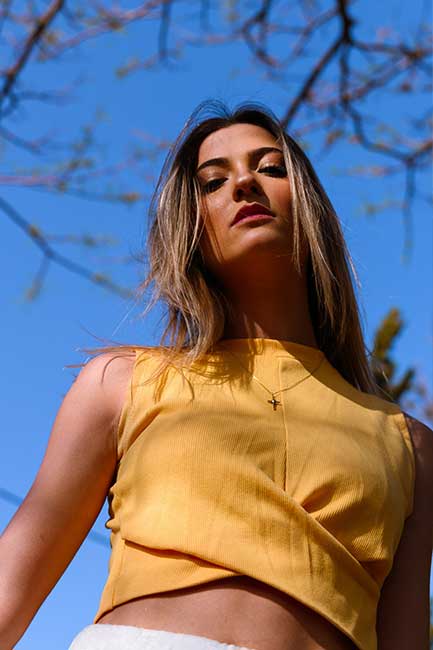
Shooting your topic from a high vantage point and looking down on it creates unique angles. You can also shoot from a low angle, getting as near to the ground as possible and looking up at your subject. These perspectives can give your photos a lot of depth and variation.
Depending on the angle from which you are photographing your subjects, you can make them appear slimmer, thicker, shorter, or wider. Move around the scene to find which perspective best catches the image. Tilting the camera can also give the image a dramatic impression.
Props : Adds a little flavor
Props are a terrific way to add a splash of colour, energy, and impact to your portrait photography. Using photography props in a creative way can radically change the look of a photo. Experiment with prop shapes, textures, and colours to establish your signature style.
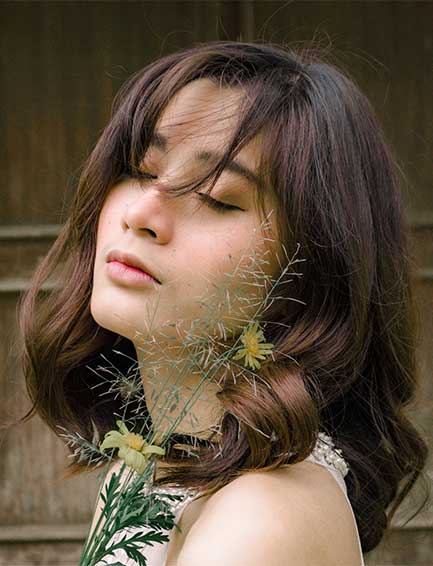
Take multiple Shots
A wonderful method is to use your camera’s ‘burst’ or ‘continuous shooting’ mode to take a sequence of images that catch the many poses of your subject in motion.
You can arrange the images in a sequence to create a sense of drama and movement, or you may select the shots with the best expressions from the collection.
Have a Color Palette in your mind
You must intentionally construct the visual appearance and feel of your portrait pictures, and defining a colour palette will aid you in this endeavour. When it comes to clothing, backgrounds, props, and even post-production, using complementary hues can enhance the overall effect of the portrait pictures.
When choosing a colour palette, keep your subject’s skin tone in mind. The type of portrait photography you’re doing will also influence your colour palette. Warm hues and greens work well for family portrait photography, while dark blues and greys work well for business portrait photography.
If you’re going to utilise a smoke bomb in your photography, make sure it’s part of your colour palette because the smoke will cover the majority of your shot.
Break the Rules
Understanding and practicing the rules can help you be more creative and break the rules. When you defy the boundaries, you produce distinct and original work that establishes your brand, which is very important when shooting senior photos.
Experiment with new portrait photography concepts, camera angles, composition, and even model postures to think outside the box. While the Rule of Thirds is a useful formula for creating balanced images, violating it by positioning your subject on the edge or in the middle can result in interesting, dramatic images.
BONUS TIP
Editing & Retouching
As a photographer, you should aim to get the greatest shot possible in the camera. That should be the objective. Professional portrait photography, on the other hand, has made competent editing and retouching a requirement.
Although editing and retouching are huge topics, we can propose a few applications for post-processing your photographs, such as Adobe Photoshop and Adobe Lightroom.
Cleaning your image, cropping it, colour correcting it, and so on are all examples of basic editing. All of this can be accomplished with Adobe Photoshop and Adobe Lightroom.
Instasize is a free app for iOS and Android smartphones that caters to individuals who work with mobile photography. Beauty tools may be used to automatically smooth out flaws from photographs with minimal effort, in addition to cropping and resizing photographs.
Photoshop can be used to retouch or delete components from a photograph. You can remove undesired items using content-aware fill and the clone tool. Even if the quality of your shot is already good, editing can help you accentuate your desired visual style and convey your creativity.
Most software contains presets that you can choose from depending on your circumstances. The photographs can then be tweaked individually to achieve the best effect. After that, you can export the image with the quality settings you like.
Conclusion
These were 15 Most Important & Useful Tips that will help you in your Portrait Photography. Portraits are all about emotions and expressions. Capture them in the best way possible. And do let us know if it was helpful to you and even if you have any more tips then please leave it in the comment.
